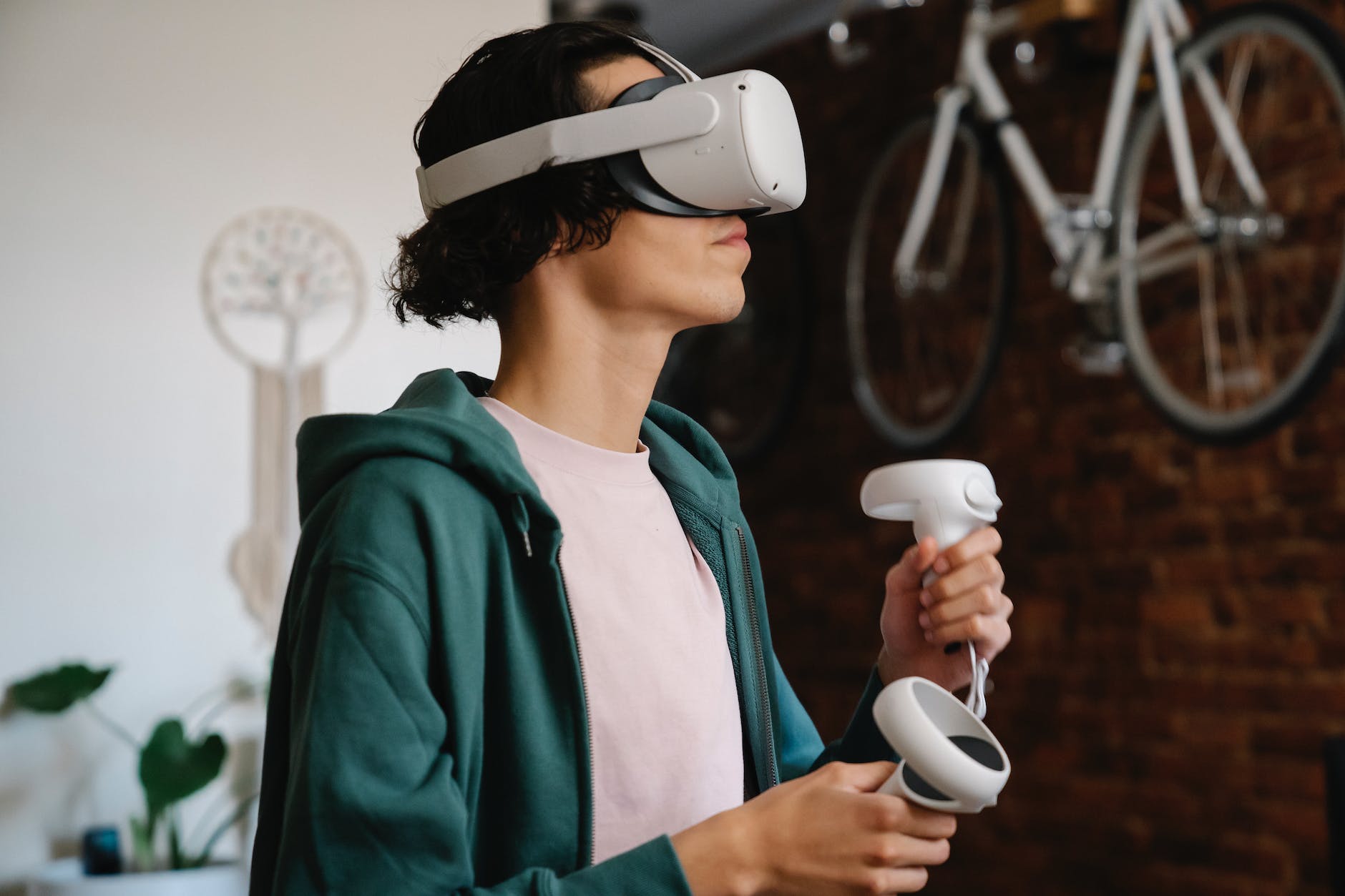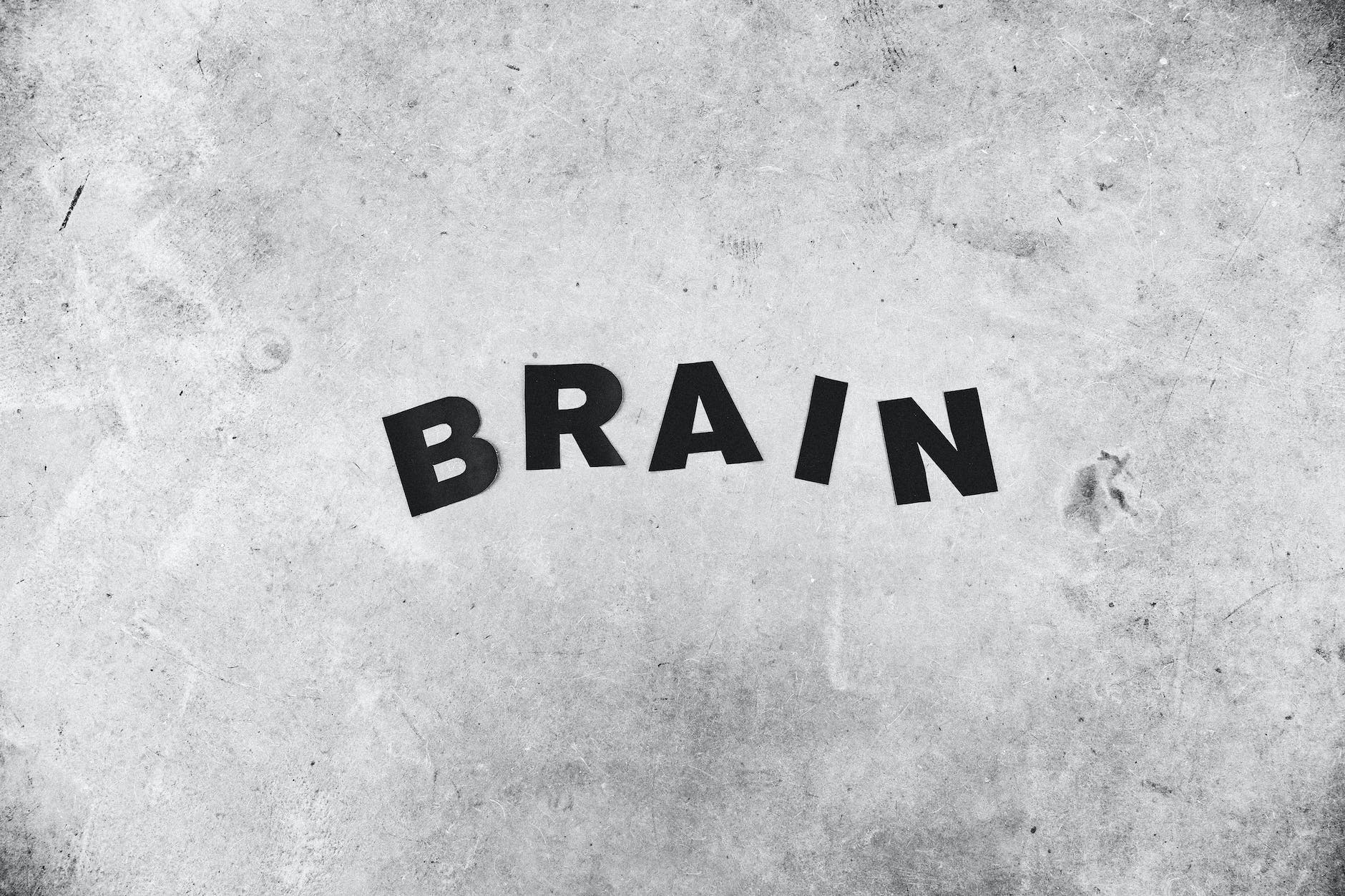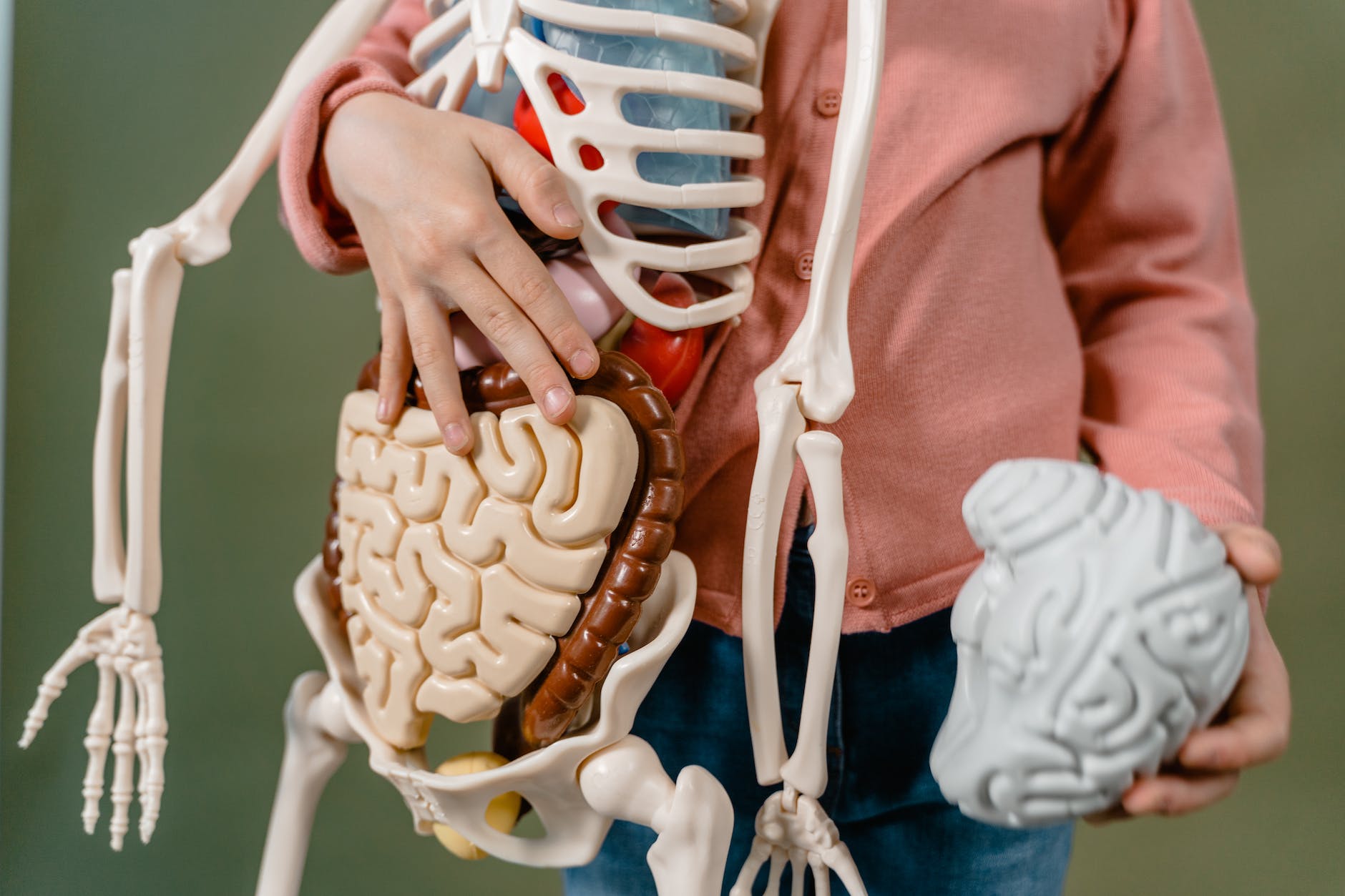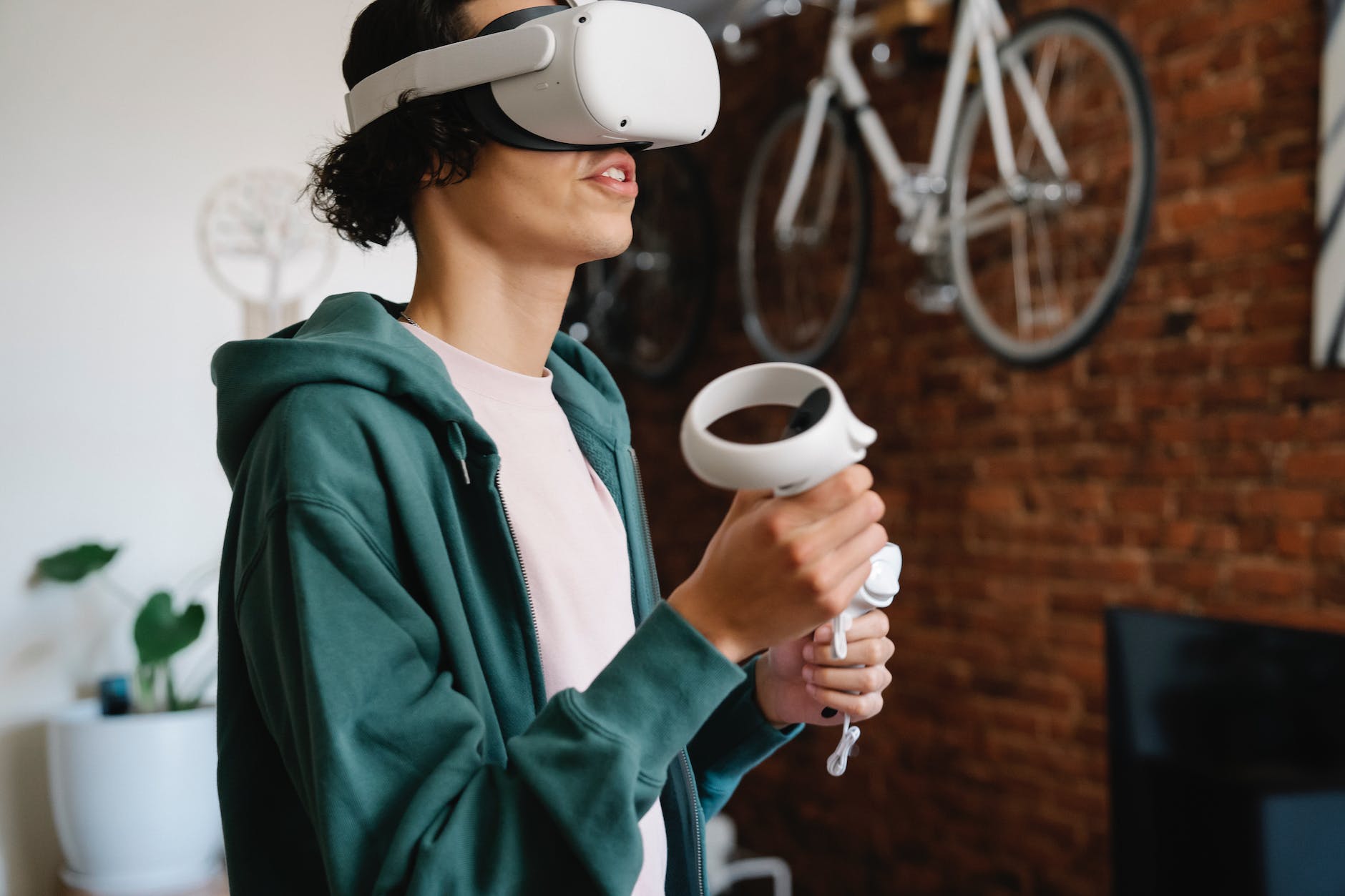Psychedelics have intrigued scholars and spiritual seekers for centuries. Kerned prominently from their affiliation with religious rituals to their preeminent role in counterculture movements, these substances arouse a myriad of mind-altering experiences and significantly alter perceptions of reality. As we delve into the realm of psychedelics and their influence on visual perception, we find that understanding the link between psychedelic substances and altered states of consciousness has carved open a new path to unlock the riddles of the human mind.
Possibly the most prominent and immediate effect of psychedelics is their dramatic altering of visual perception. The experience under the influence of these substances often makes the world appear vibrant with heightened perception of colors, elaborate patterns, and geometric shapes. According to a study, these experiences are due to the hyperconnectivity of the brain regions, leading to a fusion of sensory experiences often referred to as synesthesia.
Psychedelics have a profound and complex impact on our visual perception, immersing individuals into a world steeped in vibrant colors and geometric hallucinations. A fascinating aspect of this journey into expanded awareness is the phenomenon of synesthesia. It’s when one sensory pathway (like hearing) triggers another (like sight), leading to events such as ‘seeing’ music. Such synesthetic experiences have been reported by many people under the influence of psychedelics, as corroborated by a study on drug-induced synesthesia.
Hallucinations play a pivotal role in the psychedelic experience too, with visual ones being the most commonly recounted. From mild alterations in light and shadow to vivid encounters with complex geometric architectures or fantastical beings, the spectrum of hallucinations is as broad as it is mysterious. These experiences might stem from the heightened activity of the visual cortex the role it plays in sensing patterns and recognizing objects according to a research.
The intricate lattice-work of geometric patterns and often-repeating fractal structures experienced during a psychedelic journey could be traced to the dynamical activity of neurons within the brain. Some researchers theorize that these patterns emerge from the fundamental structure and function of our brain’s neural networks according to this investigation. They may reflect the brain’s attempt to make sense of the intense wave of information it receives under the influence of these substances.
Moreover, the perception of time and space can be dramatically altered with the use of psychedelics. Some people have described experiences of time concrete in shape and viscerally feelable. Others report feelings of oneness with the universe and perceive all of existence at a glance. This alteration seems tied to an increased connectivity between normally separate brain regions according to PLOS ONE.
Thus, the influence of psychedelics on visual perception and consciousness represents a complex interplay of chemical stimuli, introspection, and our brain’s formidable capacity to make sense of the world around us. Further investigations into the unique effects of these substances could provide valuable insights into the enigma of perception and consciousness and offer therapeutic potential for mental health disorders.
To conclude, the confluence of neuroscience and the study of psychedelics offers a complex and colorful lens to perceive our reality. It opens up the possibilities of understanding the intricacies of our conscious experience and the richness of our perceptual capacity. Psychedelics continue to dance on the edge of scientific exploration, their patterns and colors providing insights into the profound depths of the human mind. As research progresses, we can expect to shed more light on this beguiling domain of consciousness, forever oscillating between clarity and complication.








